As the days grow shorter and the air turns crisp, fall is the perfect time to transition your garden for cooler weather. Instead of winding down your gardening efforts, embrace the season’s unique opportunities to extend your harvest, nurture your plants, and set the stage for a vibrant spring. Here’s your guide to fall gardening essentials, packed with practical tips and expert advice.
1. Why Fall Gardening Matters
Fall is a gardener’s secret weapon. Cooler temperatures reduce pest pressure, many vegetables develop sweeter flavors after frost, and you can maximize garden space by planting after summer crops fade. Plus, prepping your garden now ensures healthy soil and thriving plants next spring.
2. Soil Preparation: The Foundation of Success
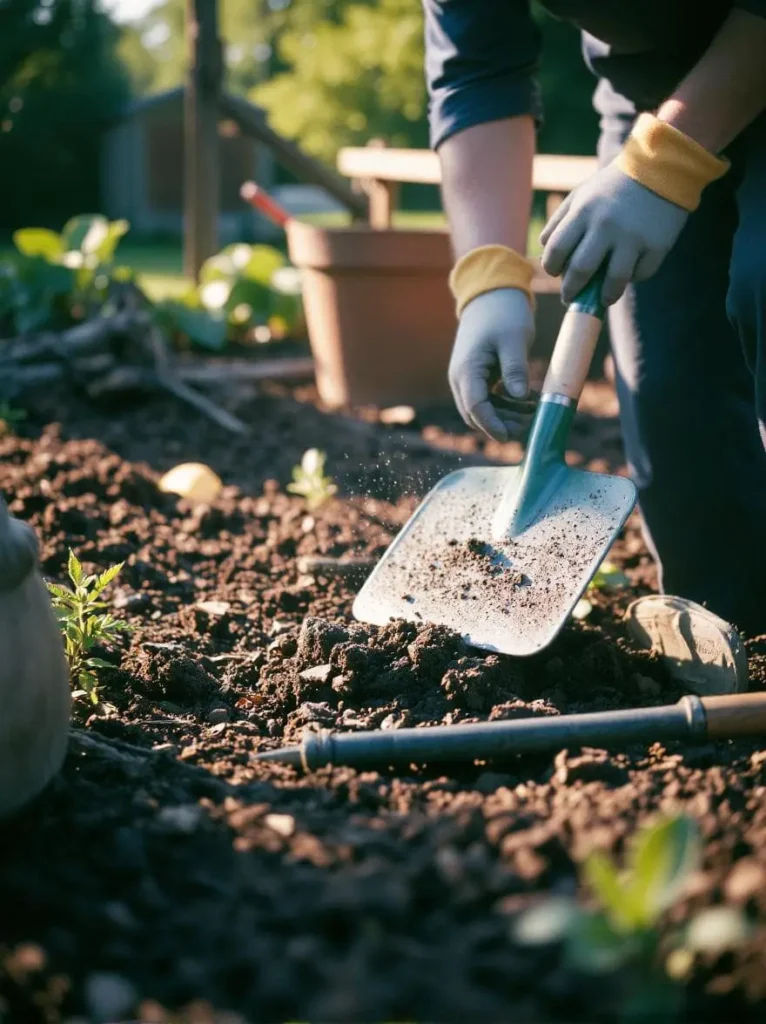
Healthy soil is key to a thriving fall garden. Start by:
- Clearing debris: Remove dead plants, weeds, and fallen fruits to prevent pests and diseases .
- Amending with compost: Add organic matter to enrich soil structure and nutrients .
- Testing pH levels: Aim for a slightly acidic to neutral range (6.0–7.0) for optimal plant growth .
- Mulching: Spread shredded leaves or straw to retain moisture, suppress weeds, and insulate roots .
3. Choosing Cool-Weather Crops
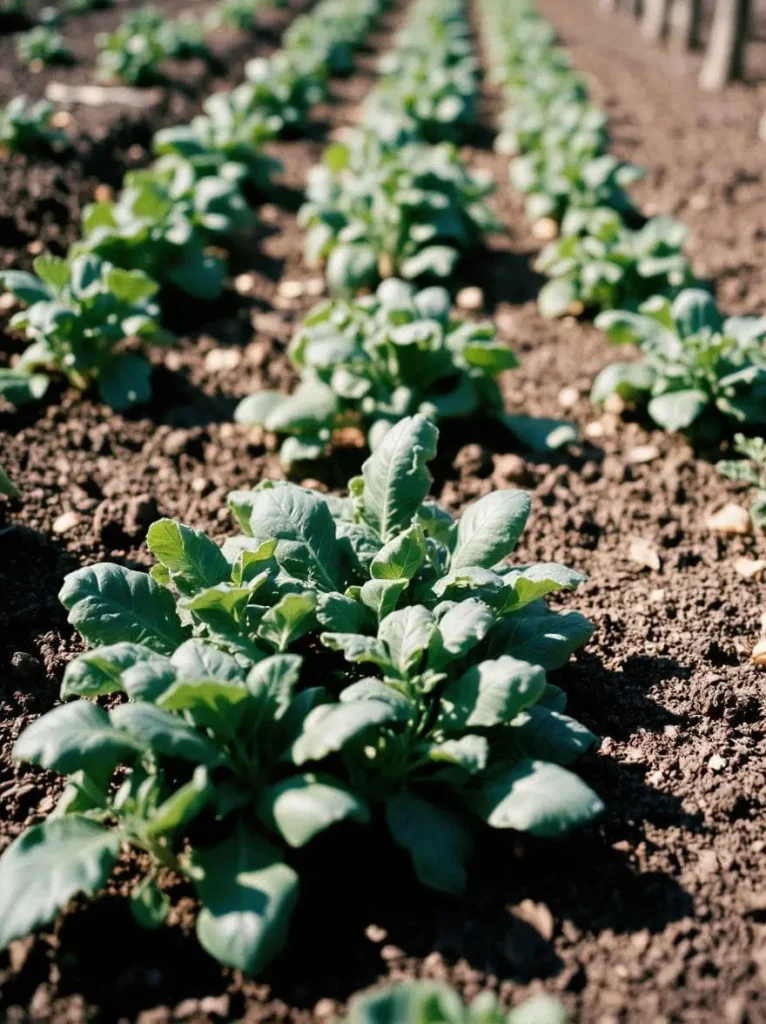
Focus on plants that thrive in cooler temps:
- Leafy greens: Lettuce, spinach, kale, and arugula grow quickly and taste sweeter after frost .
- Cruciferous veggies: Broccoli, cabbage, Brussels sprouts, and cauliflower flourish in fall .
- Root veggies: Carrots, beets, and radishes develop crisp, sweet roots in cool weather .
- Herbs: Cilantro, parsley, and dill thrive when summer heat subsides .
4. Timing Is Everything
Plant cool-weather crops 6–8 weeks before the first frost (check your local frost dates). For example:
- Sow spinach and kale seeds in late summer to early fall .
- Transplant garlic in fall for a summer harvest .
- Start seeds indoors in late winter for an early spring garden .
5. Planting & Care Tips
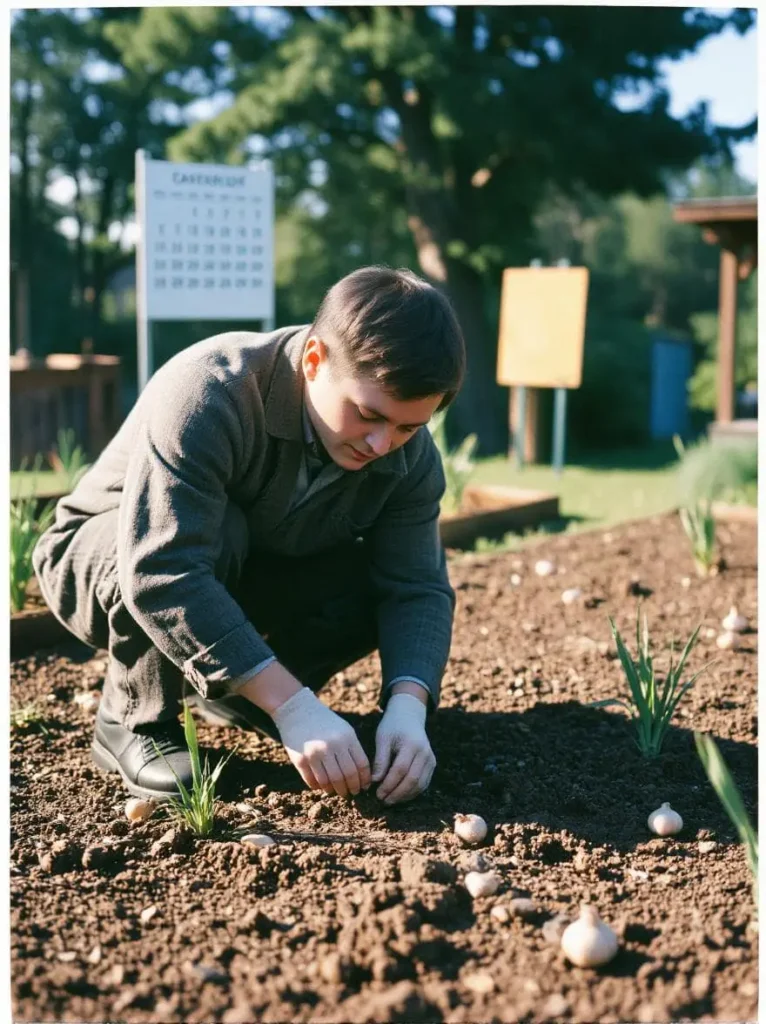
- Spacing: Follow seed packet guidelines to avoid crowding .
- Watering: Water deeply but avoid over-saturation—soil should be moist, not waterlogged .
- Frost protection: Use row covers, blankets, or cold frames to shield sensitive plants .
6. Protecting Your Garden from Frost
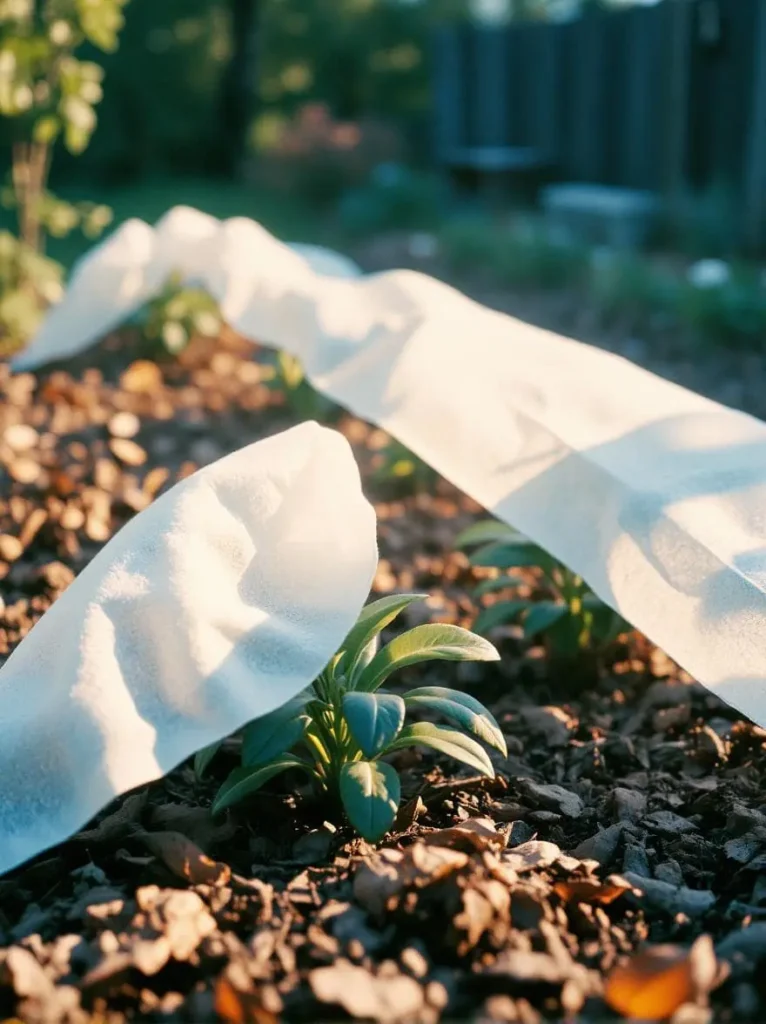
- Mulch: Apply a thick layer of shredded leaves or straw to insulate soil .
- Row covers: Lightweight fabric shields plants from frost while letting in light .
- Elevate plants: Use raised beds to reduce frost risk (cold air settles in low spots) .
7. Lawn Care for Winter
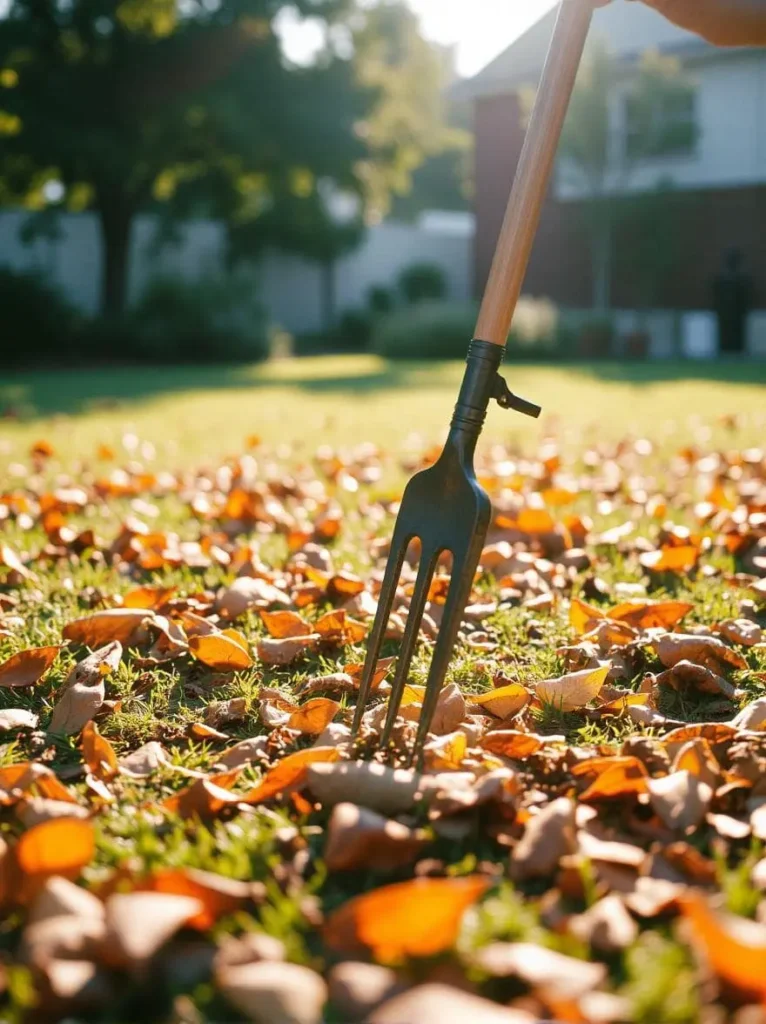
- Aerate: Loosen compacted soil to encourage root growth .
- Seed or sod: Repair bare spots with cool-season grass varieties .
- Rake leaves: Shred broad leaves (e.g., maple) and use them as mulch .
8. Preserving Your Summer Harvest
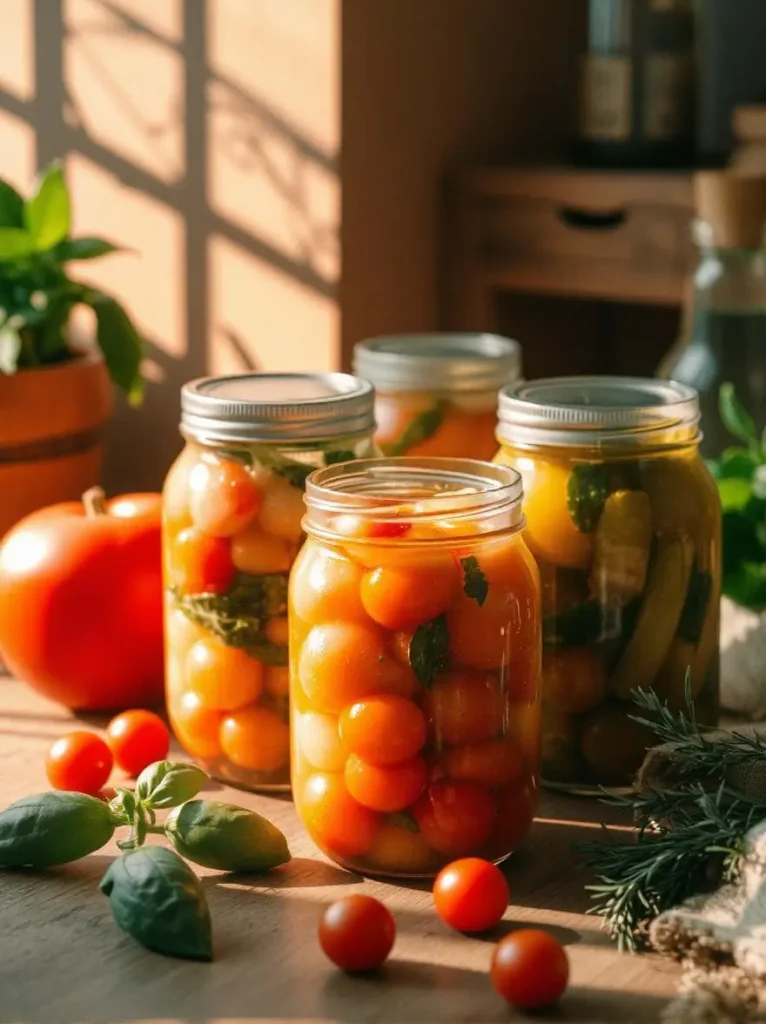
Extend your bounty with these methods:
- Freeze: Blanch tomatoes, peppers, or greens and store in airtight containers .
- Can: Use water bath or pressure canning for long-term storage .
- Dehydrate: Preserve herbs, fruits, and veggies for soups and snacks .
FAQ: Your Fall Gardening Questions Answered
When should I plant my fall garden?
Ideal timing is mid-July to mid-September, depending on your local frost dates .
Which crops are frost-tolerant?
Kale, spinach, carrots, and garlic thrive in frosty conditions .
How do I protect plants from heavy frost?
Cover them with frost cloth or blankets, or use cold frames for extra warmth .
Can I plant flowers in fall?
Yes! Tulips, daffodils, and garlic bulbs need a cold period to bloom in spring .
Should I water plants in fall?
Yes water deeply once a week until the ground freezes to encourage root growth .
Conclusion
Fall gardening is a rewarding way to savor the season’s beauty while preparing your garden for the future. By choosing the right crops, nurturing your soil, and protecting plants from frost, you’ll enjoy fresh harvests and a thriving garden next spring. Happy planting!
P.S. Don’t forget to enjoy the process—there’s nothing quite like the magic of a fall garden! 🍁
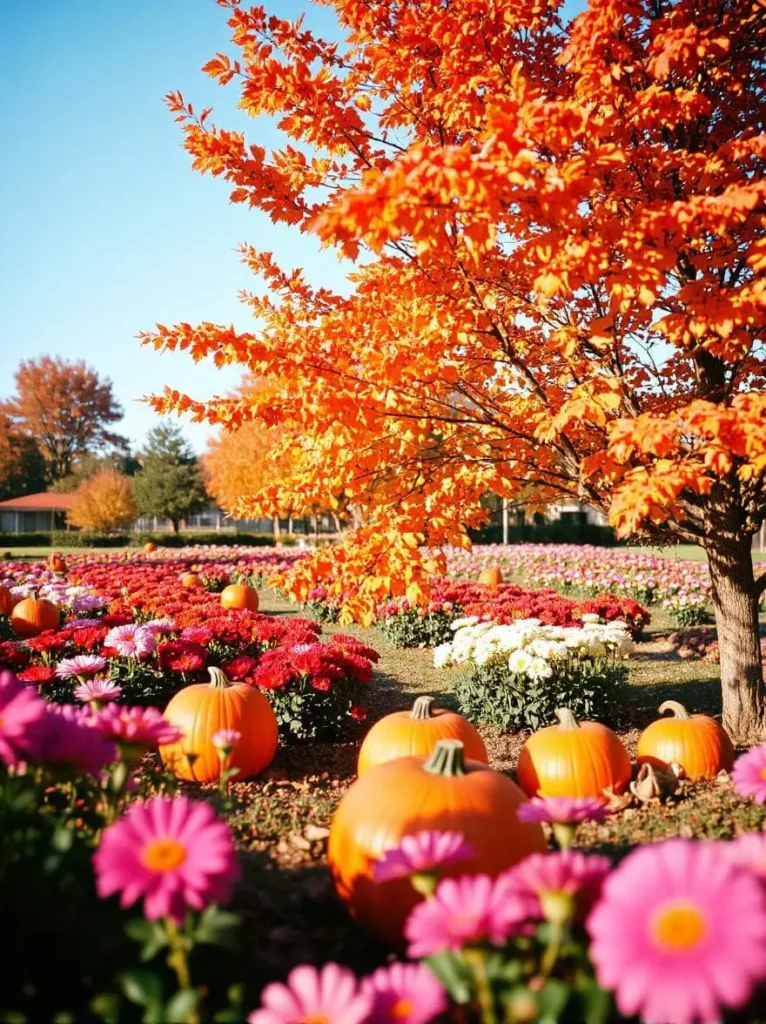


Pingback: Winter Gardening Ideas: How to Grow Vegetables in Cold Weather - gardendiyhaven.com